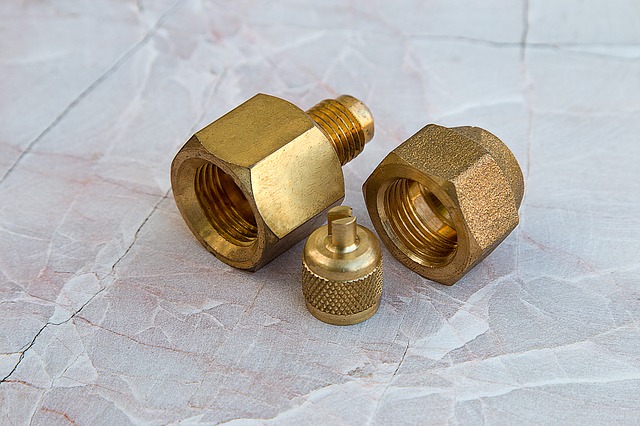Common Causes of Submersible Pump Failure and How to Prevent Them
Submersible pumps are designed to operate for long periods of time, but like any machinery, they can sometimes fail. Here are some common causes of submersible pump failure:
- Electrical issues – problems with the pump’s wiring, control box, or motor can cause it to stop working or operate inefficiently.
- Clogging – if the pump’s intake screen or impeller becomes clogged with debris, it can cause the pump to work harder than it should, which can lead to failure.
- Overheating – if the pump is running too hot, it can damage the motor or other components, causing it to fail.
- Low water levels – if the water level in the well or other water source drops too low, it can cause the pump to work harder than it should, which can lead to failure.
- Corrosion – if the pump’s motor or other components become corroded due to exposure to saltwater or other corrosive substances, it can cause the pump to fail.
- Wear and tear – over time, the pump’s components can wear down or become damaged, leading to failure.
If your submersible pump has failed, it’s important to diagnose the cause of the problem before attempting any repairs. Depending on the cause of the failure, you may be able to repair the pump yourself, or you may need to seek the help of a professional. In some cases, it may be more cost-effective to replace the pump rather than attempting to repair it.
Submersible pumps are an important tool for many industries, including agriculture, mining, and construction. However, like any machinery, they can sometimes require repair and maintenance to keep them working at their best. Here are a few steps you can take to repair a submersible pump:
- Disconnect the pump from its power source and remove it from the water source.
- Clean the pump thoroughly to remove any debris or dirt that may have accumulated.
- Check the electrical components of the pump for signs of wear or damage, such as frayed wires or loose connections.
- Check the impeller and shaft for damage, such as cracks or corrosion. If either of these components is damaged, they will need to be replaced.
- Check the bearings and seals for wear or damage. These components will also need to be replaced if they are damaged.
- Reassemble the pump and test it to ensure it is working properly.
If you’re not comfortable repairing the pump yourself, it’s always best to seek the help of a KPPL professional. They will have the knowledge and tools to diagnose and repair any issues with your submersible pump, ensuring it continues to perform at its best for years to come.
Submersible Pump Repair: Common Problems and Solutions
some common types of submersible pump repairs:
- Electrical repairs – this can include fixing or replacing the motor, capacitor, or control box.
- Impeller or propeller repairs – these components can become damaged or corroded over time and may need to be replaced.
- Seal repairs – if the pump is leaking water, it may be due to a damaged or worn-out seal, which will need to be replaced.
- Shaft repairs – if the shaft is bent or damaged, it can cause the pump to vibrate or stop working altogether.Troubleshooting
- Blockage removal – sometimes, debris or other blockages can get stuck in the pump’s impeller, causing it to stop working.
- Bearing repairs – if the bearings become worn or damaged, they can cause the pump to make loud noises or stop working properly.
- Pipe and hose repairs – if the pipes or hoses connected to the pump are damaged or leaking, they may need to be repaired or replaced.
These are just a few examples of the types of repairs that may be required for submersible pumps. It’s important to remember that each pump is unique, and the repairs required will depend on the specific model and the issues it is experiencing.









 KPPL about being flexible, adapting to change, and always staying ahead of the curve. It's about being reliable, producing products that people can count on year after year. And it's about being innovative, pushing the boundaries of what's possible, and making the submersible pump seeking world a groovier place in the process.
KPPL are like the cool grandparents of the submersible pump business world – they've got style, they've got substance, and they're not going anywhere anytime soon. So, let's give them a round of applause for their half-century of manufacturing magic!
KPPL about being flexible, adapting to change, and always staying ahead of the curve. It's about being reliable, producing products that people can count on year after year. And it's about being innovative, pushing the boundaries of what's possible, and making the submersible pump seeking world a groovier place in the process.
KPPL are like the cool grandparents of the submersible pump business world – they've got style, they've got substance, and they're not going anywhere anytime soon. So, let's give them a round of applause for their half-century of manufacturing magic!